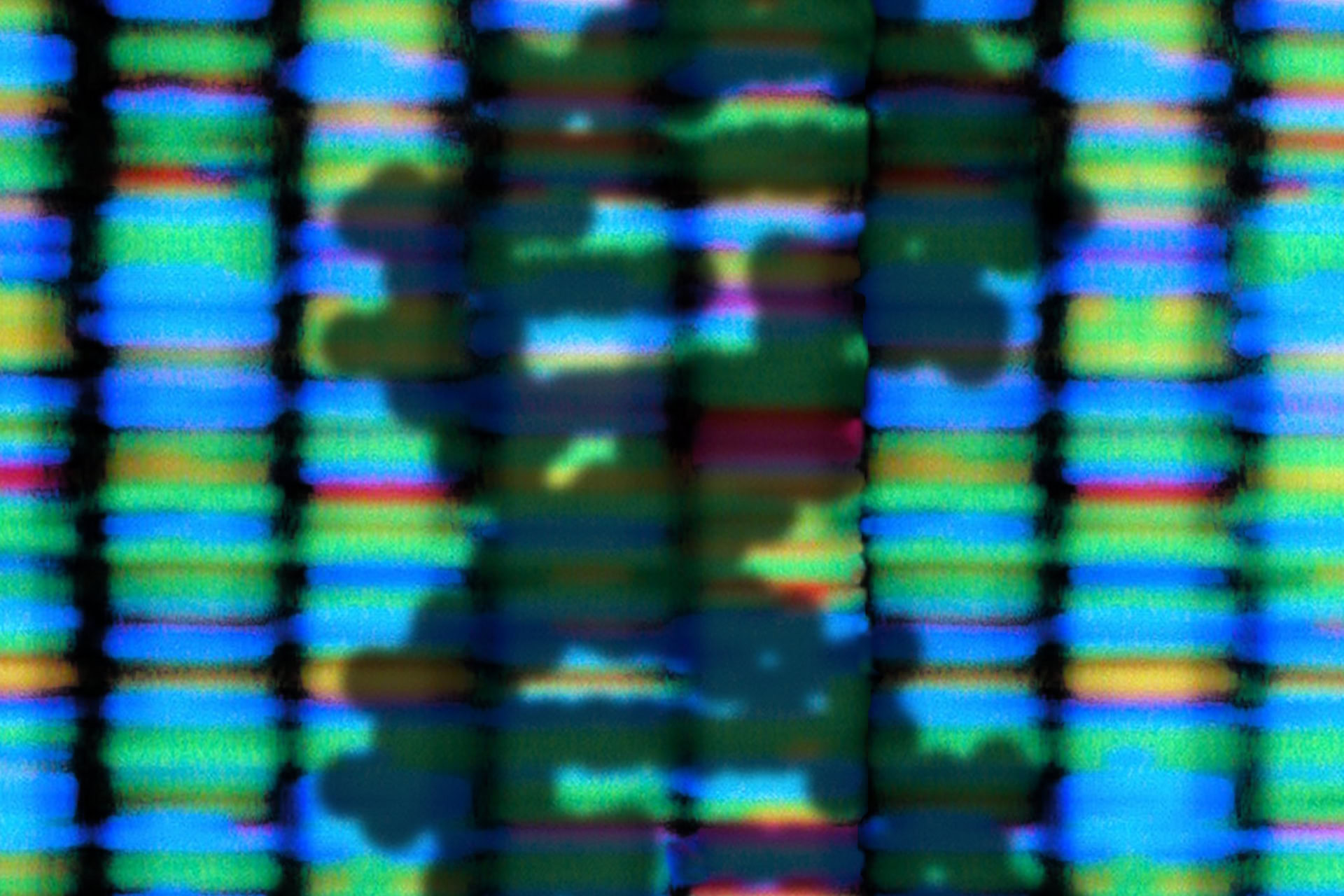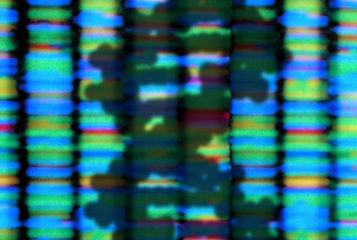Scientists have for the first time been able to switch on and off the effects of a genetic disease, myotonic dystrophy, in human muscle tissue.
The study identified a small molecule that allows control over the form of muscular dystrophy by binding to RNA, sections of genetic information that are involved in protein production.
'This is the first example I know of at all where someone can literally turn on and off a disease', said Professor Matthew Disney, who led the study at the Scripps Research Institute in Florida, USA.
Myotonic dystrophy is a congenital disease that causes progressive muscle wasting and weakening. It is caused by a mutation that results in the production of messenger RNA (mRNA) that has a three-letter section repeated many more times than normal. This faulty mRNA binds to a protein, MBNL1, which is crucial to several important biological pathways, and stops it from working correctly.
The group screened over 300,000 different molecules and found one that binds to the faulty mRNA before it can interact with MBNL1. The group were also able to induce the symptoms of myotonic dystrophy in healthy cells with the use of another molecule that binds to MBNL1, preventing it from functioning correctly. Professor Disney said: 'This easy approach is an entirely new way to turn a genetic defect off or on'.
Although the technique has so far only been attempted in cells, the group are optimistic about its potential to help provide a better understanding of the disease. 'Incomplex diseases, there are always unanticipated mechanisms', said Professor Disney. 'Now that we can reverse the disease at will, we can study those aspects of it'.
Myotonic dystrophy is one of several diseases involving errors in RNA splicing, a process that removes non-coding sections from genes. The group hope that by understanding how to artificially control RNA splicing they will be better placed to research and develop new therapeutic techniques for other splicing- related diseases. The discovery should enable scientists to investigate the compounds as possible new therapies for myotonic dystrophy and to gain information on long-term effects of the disease.
Sources and References
-
Induction and reversal of myotonic dystrophy type 1 pre-mRNA splicing defects by small molecules
-
Large-Scale Small Molecule Screen IDs Muscular Dystrophy Target
-
TSRI scientists identify small molecules to control genetic defect responsible for muscular dystrophy
-
Scripps Florida Scientists Turn Muscular Dystrophy Defect On and Off in Cells




Leave a Reply
You must be logged in to post a comment.